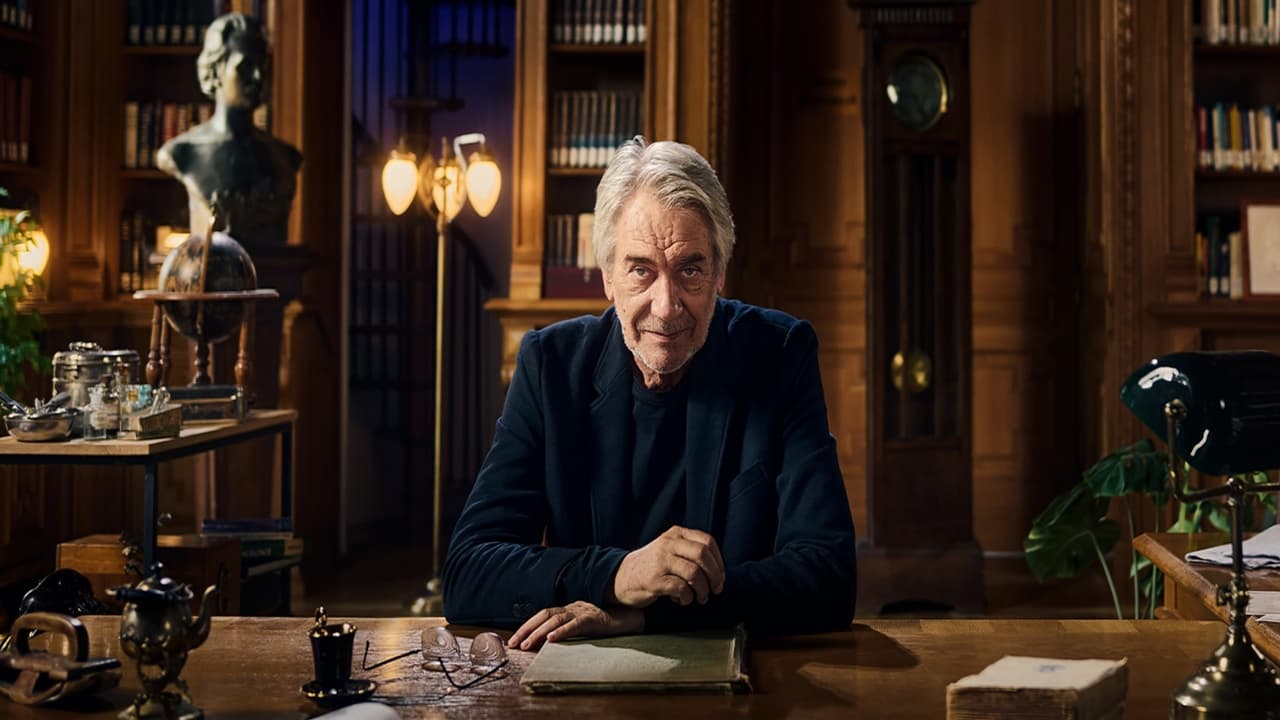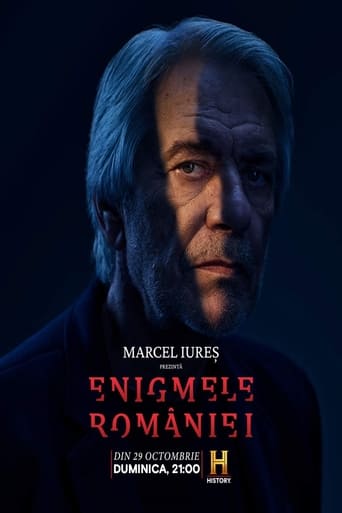Romania's Enigmas Season 1

The series consists of six 30-minute episodes in which renowned actor Marcel Iureș will investigate a series of unanswered riddles that focus on history, geology, castles, murder, celestial lights, mental disorders and hidden religious rituals.
Watch NowWith 30 Day Free Trial!
Romania's Enigmas
2023
The series consists of six 30-minute episodes in which renowned actor Marcel Iureș will investigate a series of unanswered riddles that focus on history, geology, castles, murder, celestial lights, mental disorders and hidden religious rituals.
Watch Trailer
With 30 Day Free Trial!
Romania's Enigmas Season 1 Full Episode Guide
Everyone has heard about Dracula. A bloody character inspired by the historical figure of the Vlach ruler Vlad the Impaler. He is the most famous Romanian warrior who fought against the Ottomans. There are 223 films in which the famous count played a role and over 650 films in which his personality is mentioned. Dracula is the character about whom most films have been made over the years, followed at some distance by the detective Sherlock Holmes. So famous and yet we know so little about him.
Countess Elisabeta Báthory, also known as the "Bloody Countess", was extremely wealthy and powerful. She came from the most important family of Hungarian nobles, her relatives ruling principalities. Even the king was in her debt. After her husband's death in 1604, accusations against the Countess began to surface. Iulia Hasdeu Castle is the only temple of spiritualism in the world.
In 1920, in the Black Sea, near the Danube Delta, a yacht full of gold belonging to a very influential and wealthy Russian noble family ran aground. The victims were fleeing the Bolsheviks. Even the number of victims is not clear. There are said to have been 13 dead, but other sources speak of 11 or 12 people shot. Two of the victims were discovered 2 months later on an island 2 kilometres away. The treasure on the boat - kilos of gold, cash and jewellery - was never found. Was it group suicide, was it murder? Where is the treasure? Who are the perpetrators?
Was he murdered, was he the victim of a political plot, the victim of malpractice, or did he really die of syphilis and severe mental illness? Mihai Eminescu (1850-1889) is the most famous and influential Romanian poet and journalist. He is described as a genius. At the age of 33 he was committed to a mental asylum. Coincidentally or not, on the same day, Romania changed allies, which was vehemently criticised by the influential journalist Eminescu. He died six years later. During this time he was hospitalised many times by his friends. Most of them supported the country's new foreign policy orientation. Conspiracy theories stem from the mercury treatment he was given in the last years of his life. There are at least 3 theories as to how Mihai Eminescu died. The first: the writer was poisoned with mercury, at the behest of his opponents. A second theory leads to the conclusion that Mihai Eminescu was misdiagnosed with syphilis and mental alienation.
Was it a deception or did God speak to the people through a deaf-mute shepherd? In the summer of 1935, over 2 million people went to Maglev to see God. All the newspapers of the time wrote about Maglavit, a poor village in Oltenia, where the shepherd Petrache Lupu claimed to have seen and spoken to God. And then he began, like a deaf-mute, to speak to crowds of hundreds of thousands of people. There were only a few newspapers and most of the population couldn't read. Nevertheless, it turned into a mass pilgrimage, as big as the one at Lourdes. A huge amount of money was raised from donations and people claimed to have been cured of serious illnesses. Where is the money? Was Petrache Lupu a saint or a fraud? Was the whole movement suppressed or is this the story of a holy shepherd oppressed by the Communists?
Romania in 1968 was better guarded than Alcatraz prison. No one could move a finger without the knowledge of the Securitate. And the Bruckenthal Museum in Sibiu was one of the hotspots monitored by dictator Nicolae Ceaușescu's security service. Under these conditions, 8 very valuable paintings were stolen and taken out of the country.
Free Trial Channels
Seasons




























